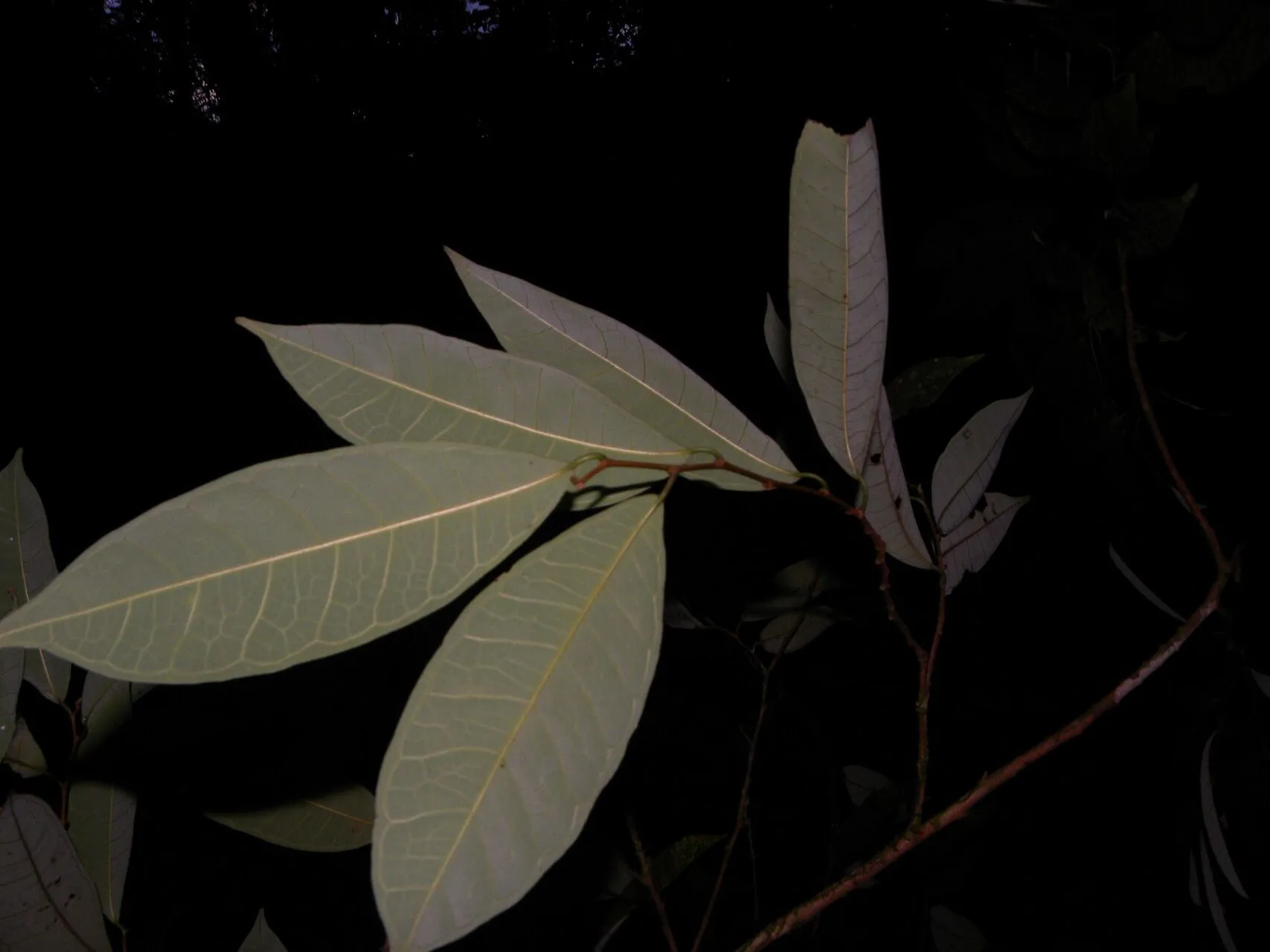
Author: (Aubl.) Huber ex Ducke
Bibliography: Bol. Mus. Goeldi Hist. Nat. Ethnogr. 7: 172 (1913)
Year: 1913
Status: accepted
Rank: species
Genus: Brosimum
Vegetable: Unknown
Observations: S. Mexico to Trop. America
Guiana brosimum, scientifically known as Brosimum guianense, belongs to the Moraceae family. This plant was first described in detail in the historical text “Bol. Mus. Goeldi Hist. Nat. Ethnogr.” in 1913. The credit for officially naming the species goes to the botanical authorities (Aubl.) Huber ex Ducke.
Primarily found in regions extending from Southern Mexico down to Tropical America, Guiana brosimum thrives in these environments. This geographic distribution suggests the plant’s adaptability to various climatic conditions prevalent in tropical zones.
Brosimum guianense is an essential part of the local ecosystems, contributing to the biodiversity and ecological balance in these tropical habitats. Given its widespread occurrence and relevance, the plant has also likely played a part in the traditional practices and natural history studied within these regions.
Understanding Guiana brosimum deepens our appreciation for tropical flora and provides insights into the intricate web of life that supports and sustains tropical communities.
En: Guiana brosimum, Snakewood
Nl: Letterhout
Fr: Amourette
Ko: 사목
Pt: Pau-rainha-roxo, Inharé mole
© copyright of the Board of Trustees of the Royal Botanic Gardens, Kew.
© copyright of the Board of Trustees of the Royal Botanic Gardens, Kew.
© copyright of the Board of Trustees of the Royal Botanic Gardens, Kew.
Taken Sep 12, 2015 by Nelson Zamora Villalobos (cc-by-nc)
Taken Sep 12, 2015 by Nelson Zamora Villalobos (cc-by-nc)
Taken Sep 12, 2015 by Nelson Zamora Villalobos (cc-by-nc)
Taken Jul 31, 2012 by Nelson Zamora Villalobos (cc-by-nc)
Taken Jul 31, 2012 by Nelson Zamora Villalobos (cc-by-nc)
Taken Jul 31, 2012 by Nelson Zamora Villalobos (cc-by-nc)
Taken Jul 31, 2012 by Nelson Zamora Villalobos (cc-by-nc)
Taken Jul 31, 2012 by Nelson Zamora Villalobos (cc-by-nc)
Taken Jul 31, 2012 by Nelson Zamora Villalobos (cc-by-nc)
Taken Jul 31, 2012 by Nelson Zamora Villalobos (cc-by-nc)
Taken Mar 20, 2017 by Nelson Zamora Villalobos (cc-by-nc)
Family: Myrtaceae Author: (F.Muell.) K.D.Hill & L.A.S.Johnson Bibliography: Telopea 6: 402 (1995) Year: 1995 Status:…
Family: Rubiaceae Author: Pierre ex A.Froehner Bibliography: Notizbl. Bot. Gart. Berlin-Dahlem 1: 237 (1897) Year:…
Family: Sapindaceae Author: Koidz. Bibliography: J. Coll. Sci. Imp. Univ. Tokyo 32(1): 38 (1911) Year:…
Family: Asteraceae Author: A.Gray Bibliography: Pacif. Railr. Rep.: 107 (1857) Year: 1857 Status: accepted Rank:…
Family: Fabaceae Author: Medik. Bibliography: Vorles. Churpfälz. Phys.-Ökon. Ges. 2: 398 (1787) Year: 1787 Status:…
Family: Aspleniaceae Author: (Cav.) Alston Bibliography: Bull. Misc. Inform. Kew 1932: 309 (1932) Year: 1932…